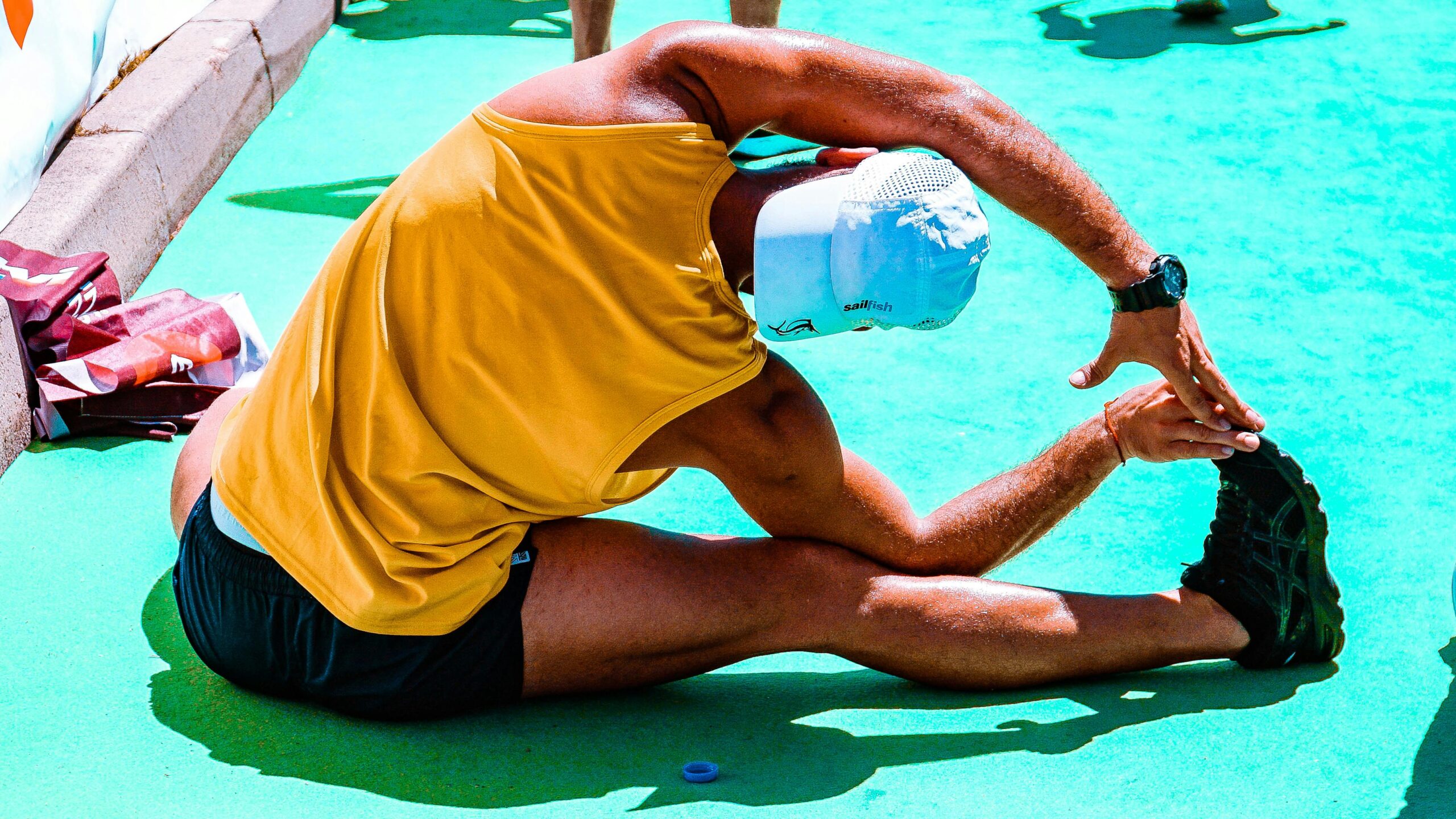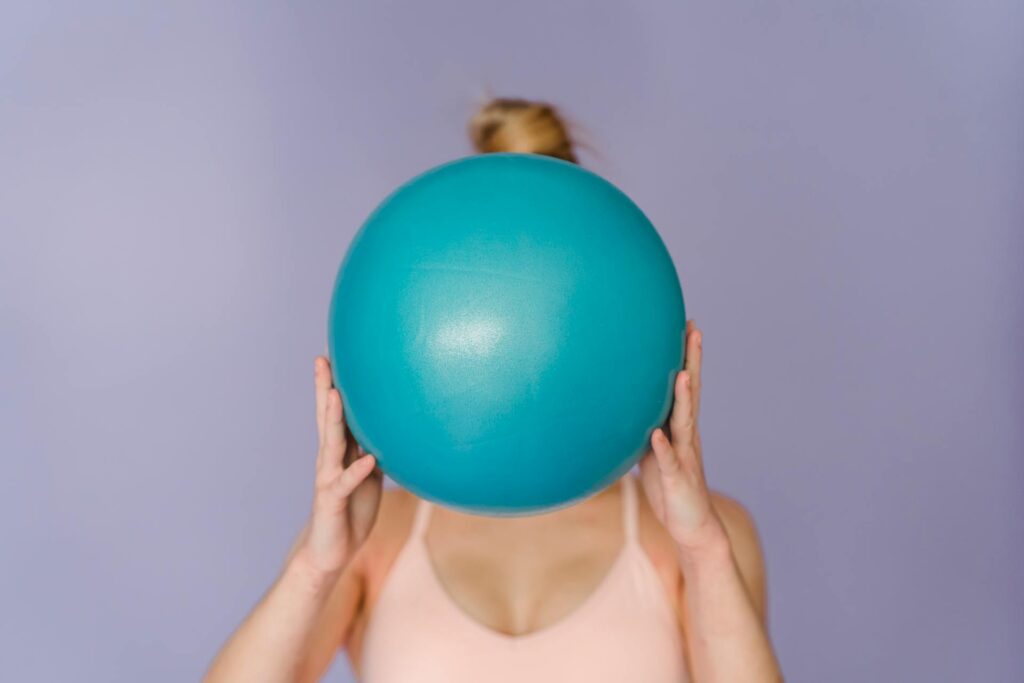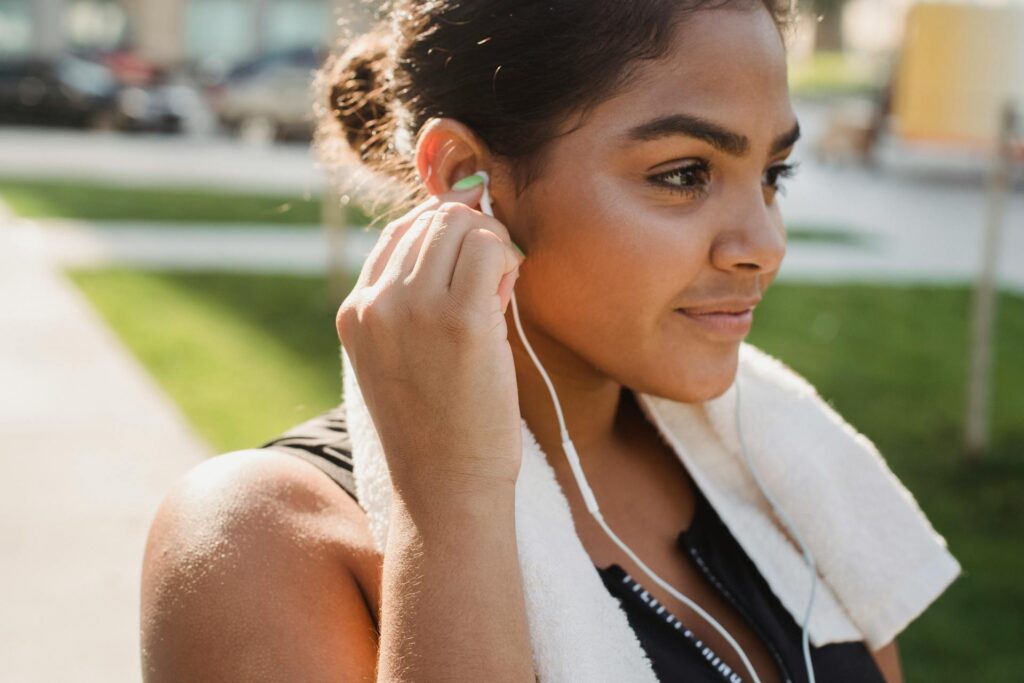When you’re chasing a fitness goal, it’s tempting to go all in. More workouts. More sweat. More reps. But here’s the truth: results don’t happen during your workouts—they happen after.
Rest days are not a break from progress. They are where progress begins. If you skip recovery, you’re not doing your body any favors.
What Happens to Your Body During Exercise
When you lift weights, go for a run or power through a workout, your muscles experience small amounts of stress. That stress creates microscopic tears in the muscle fibers—a good thing—because that’s what triggers growth.
Your body’s repair process kicks in after the workout. Muscles rebuild stronger. Energy stores get replenished. Hormone levels begin to balance. But none of that can happen if you’re always in go mode.
Why Rest Days Matter
Rest days give your muscles time to recover and grow. Without recovery, you risk overtraining, which can lead to fatigue, poor performance, trouble sleeping, and even injury.
Taking a rest day can also improve your next workout. Your muscles are fresher. Your mind is sharper. And your performance often improves when your body isn’t running on empty.
Rest also supports your immune system and reduces inflammation. Exercise is a healthy stressor, but it’s still stress. Without rest, your body stays in a constant state of stress response, which can weaken immunity and slow progress.
How Often Should You Rest?
Most people should aim for one to three rest days per week, depending on the intensity, duration, and fitness level of their workouts.
If you’re doing full-body strength training, take at least one rest day between sessions to allow your muscles to recover. If you prefer split routines (such as upper body one day and lower body the next), you can alternate muscle groups—but still schedule at least one full rest day per week.
If your workouts are high-intensity or endurance-focused, recovery becomes even more critical. Listen to your body. If you’re constantly sore, mentally drained, or dreading your workouts, it’s time to reassess your approach to exercise.
Read More: The Best Fitness Apps of the Year: What to Download and Why
Active Recovery vs Full Rest
Not all rest days mean doing nothing. Active recovery is an excellent way to stay active while allowing your body to heal. Think of light activities like:
- Walking
- Gentle yoga
- Stretching
- Easy cycling
- Mobility work
These movements increase blood flow, reduce soreness, and help speed up recovery without overexerting your body.
Full rest days, on the other hand, involve little to no structured movement. These are great when you’re feeling especially worn down or after a particularly tough training cycle.
Sleep, Nutrition, and Hydration
Recovery isn’t just about skipping workouts. It’s also about how you treat your body during downtime.
- Sleep is when your body does most of its repairing. Aim for 7 to 9 hours each night.
- Nutrition supports muscle repair. Prioritize protein, healthy fats, and complex carbs.
- Hydration helps flush out toxins and reduce muscle cramps. Drink water throughout the day, even on rest days.
Taking care of your body during recovery ensures your hard work pays off.
Signs You Need a Rest Day
Sometimes, your body will tell you when it needs a break. Pay attention to signs like:
- Constant soreness or fatigue
- Decreased performance or strength
- Irritability or lack of motivation
- Trouble sleeping
- Elevated resting heart rate
These are all red flags that recovery is overdue. Pushing through won’t get you ahead—it will hold you back.
Rest days are not optional. They’re a vital part of any effective fitness routine. They help your body heal, your muscles grow, and your mind stay sharp.
If you care about results, you have to care about recovery. Train hard, but rest smarter. That’s where the real progress happens.
Read More: What’s Better: Morning or Evening Workouts? A Look at the Research



